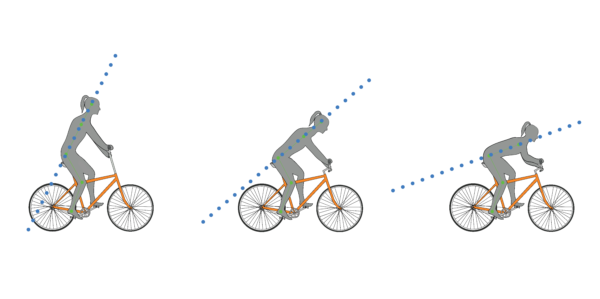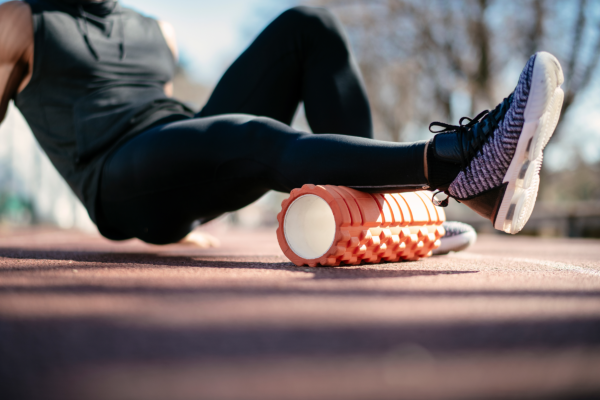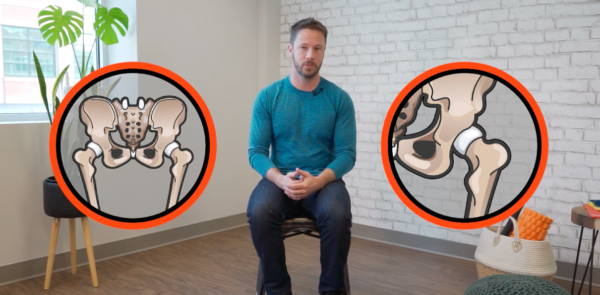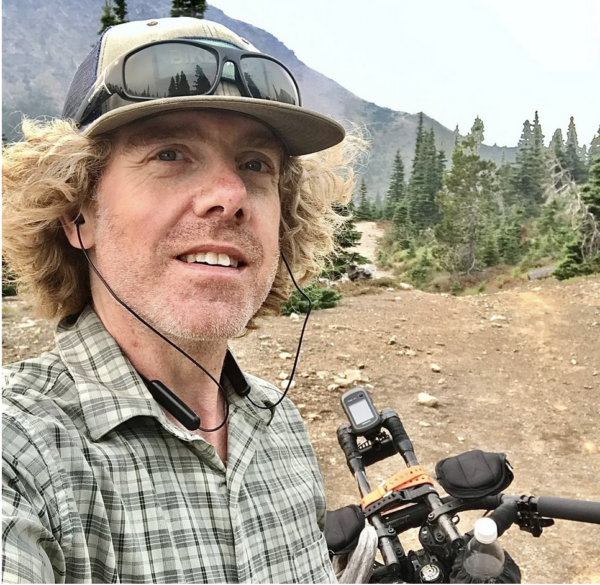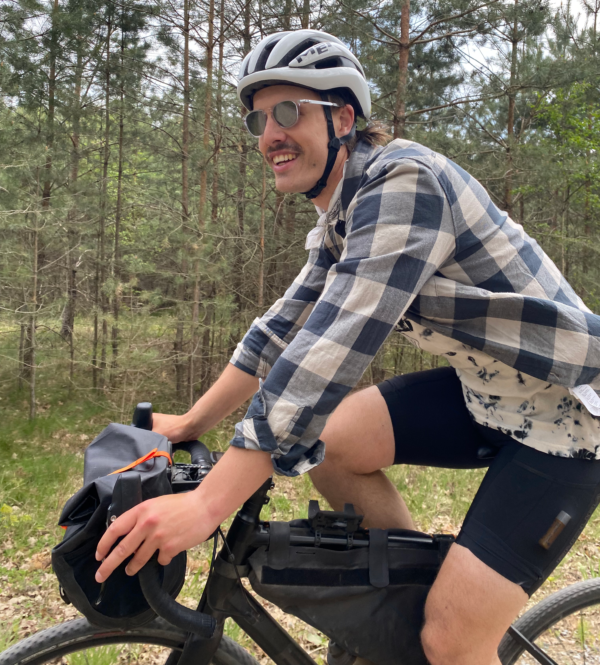“How can you prevent injury while cycling?”
It’s one of the first questions you should be asking as a cyclist. We all want to get faster, stronger and better on the bike, and while there’s definitely tried and true methods to attaining those things, there’s also a guaranteed way to prevent them from happening: Getting injured.

Being sidelined from the saddle is a cyclist’s worst nightmare. We all know the exercise-induced-junkie-type behaviour that is all too common in ourselves and our fellow riders. We love to ride and we love to ride often. Being “injured” is almost a misnomer for many members of the cycling community, and we’re all too inclined to take a position of out of sight, out of mind.
But that can only go on for so long. Anybody who has been riding for a while knows that the aches turn into pains if you give them enough time, and because of the repetitive nature of our sport, cycling injuries in general tend to stick around longer than others.
This calls for action, a plan, something to have in place and fall back on. It’s not a pill, it’s not a tool, and it’s not a quick fix. It’s more of a philosophy, a necessary component. Something you need to build yourself and your cycling practice around. Something that will help you keep your status not just as a cyclist, but as an overall strong, healthy human being.
One of the best ways to avoid cycling injuries is by implementing a strength, mobility and conditioning program into your training.
Common Cycling Injuries
Think about it, apart from falls and collisions (which, admittedly, make up a large percentage of cycling injuries), how do we get injured in our sport? There are no rapid changes of direction that blow out our ACL’s. No violent kicks, throws or punches to tear a hip or shoulder. No lifting of heavy loads to herniate a disc…it’s just different from other sports.
There is one word, though, that could characterize the plight of the average cyclist…
That word, is overuse.
Overuse injuries are the bane of your existence if you are an avid bike rider of any kind. The bike keeps you in a more or less fixed position while riding, which is something the body can adapt to, but only so much. There comes a time where you cross the point of adaptation and creep into the realms of imbalance; a place where lurking, recurring injuries love to dwell.
Knee pain, neck pain, lower back pain, groin pain, hamstring tightness, headaches, shortness of breath and so much more can all be the result of overworked muscles. Not necessarily just in the area of pain, but somewhere in the chain of the human body’s unbelievably complex web of connectedness.
How do we restore function? How do we get rid of pain? How do we find balance? It is something we have to achieve in our time spent off the bike.
Strength Training for Cyclists
fizkes/Adobe Stock
Exposing your body to exercises that work opposing muscles from the ones you use while cycling are going to help pull joints back into alignment and strengthen the tissues that get neglected through our sport. It is common for cyclists to think that any time off the bike is wasted time, but going back to the beginning of this article, if you end up injured, you might not be spending any time on the bike at all.
Some people fear the idea of strength training because they don’t want to get too bulky, and are afraid it will actually hinder their performance on the bike. Nothing could be further from the truth. Several studies have shown that in both men and women, one of the best things you can do to increase cycling performance is to increase the cross sectional area (size) of your muscles.
Remember this as well, building muscle is a slow and tedious process. It requires weeks, months and years of consistent week-in-week-out effort. So the idea that you’ll wake up one day and be too bulky to ride efficiently is a myth you should be all too willing to dispose of.
What Should My Program Consist Of?
Dedicating time to bringing harmony back into your body is the only way to counter everything we put ourselves through on the bike. A strength training program isn’t all about lifting heavy weights, there are several other components as well to ensure it remains balanced and complimentary to your body and the sport of cycling.
We can not only increase our strength, but our endurance as well. The higher our fitness level the less likely it is that our form will break down while riding, which can lead to our muscles being used improperly and adding significant stress to our joints.
We can also work on our mobility and flexibility to help keep tissues supple and vascular. Too much cycling activity can really start to limit our ranges of motion due to its relatively minimal amount of movement. The pedal stroke doesn’t take our hip or knee through a full range, and the rest of our body doesn’t move that much at all. Resultant stiffness can lead to constriction, which means less blood flow and nutrients delivered to the area, and an increased risk of injury.
How Do I Start?
Starting to exercise off the bike can be the most intimidating part of the process. We’re taking you away from what’s familiar and plunging you into a whole other world that applies to not just cycling, but every other sport and activity that there is. Sometimes the best thing to do is hire a professional, but coaching costs can be discouraging. That’s why we decided to come up with something better…
Dynamic Cyclist is our partnered training platform designed by cyclists, for cyclists. We’ve integrated mobility, conditioning and strength training into one, easy to use, 100% online user interface that our members can use 24/7 to fit their schedules. There’s no need for a gym membership, because all of our routines can be done at home with little to no equipment!
Everything has been prepared for you with high quality instructional videos led by world class coaches. All you need to do is press play and follow along!
For a fraction of the cost of a single physio appointment or personal trainer session, you can become part of our community of cyclists who want to ride pain free and be the best version of themselves on and off the bike. Try it for yourself by signing up for our 7-day free trial!

